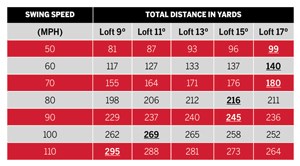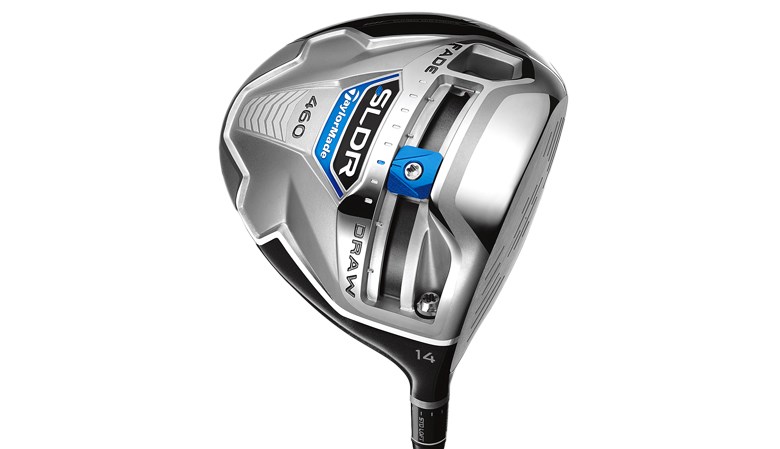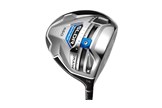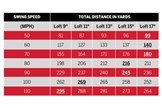Tune loft for distance
Last updated:
More loft equals more distance. It’s a nice soundbite, but it’s not always the case.
While the majority of golfers don’t have enough loft on their driver and would benefit from more, for the others and those using differently designed driver heads, more loft can in fact lose them distance. So let’s delve a little deeper into driver loft and how it affects the distance of your tee shots.
The holy grail combination for maximum distance is high launch, low spin. Having more loft will increase that launch angle. But if the angle of attack stays the same, more loft will also create more spin… and so reduce distance.
Having the centre of gravity low and forward in the head serves to reduce the spin that more loft tends to create. But the way you deliver the club to the ball also has a massive effect on launch and spin. Let me explain.
Often, the loft etched on to your driver is very different to the loft you present to the ball at impact – called dynamic loft. Dynamic loft will always be higher due to the shaft deflecting forward through impact. A golfer whose technique adds loft at impact, so creating even more dynamic loft, won’t necessarily benefit from a higher-lofted driver.
Comparatively, if a golfer hits down on the ball five degrees and presents 15 degrees of dynamic loft (so 20 degrees apart in total), they won’t get the low-spin numbers they desire. If you hit down on the ball, you would usually benefit from having less loft because you’d bring the attack angle and loft closer together, reducing spin.
The characteristics of the driver head itself play a big part. All have different CG locations, which affect the launch and spin. I have my Nike Covert driver at 10.5°, but have to use a Ping G25 at 9.5° to get the same carry. TaylorMade’s SLDR is a very low-spinning driver head and a larger number of golfers will benefit from more loft with this particular model than they will other drivers.
Swing speed, and therefore ball speed, also plays a big part in what the optimum loft is for you. Imagine you have a garden hose turned on full blast and you’re trying to get as much distance as possible out of the water spray. Now, suppose someone turns the water pressure down. How do you try to get some of that distance back? You raise the angle of the nozzle. It’s the same with the driver. So if you’re a golfer with a high swing speed, you need a lower loft to get maximum distance. If you have a slower swing speed, you’ll gain yards through more loft. What you can’t do is match a low swing speed with a low-lofted driver and vice versa. That’s the equivalent of lowering the water pressure and lowering the nozzle angle… and wondering why the water isn’t going as far.
But ultimately, the best advice I can give is to test different drivers on a launch monitor and see which comes out on top.
 |
This table, from gear expert Tom Wishon’s 12 Myths That Could Wreck Your Game, shows how, generally speaking, the higher swing speed you have the less-lofted driver you can use in order to achieve maximum distance. Note: Distances achieved assuming a level attack angle with average fairway conditions. |



